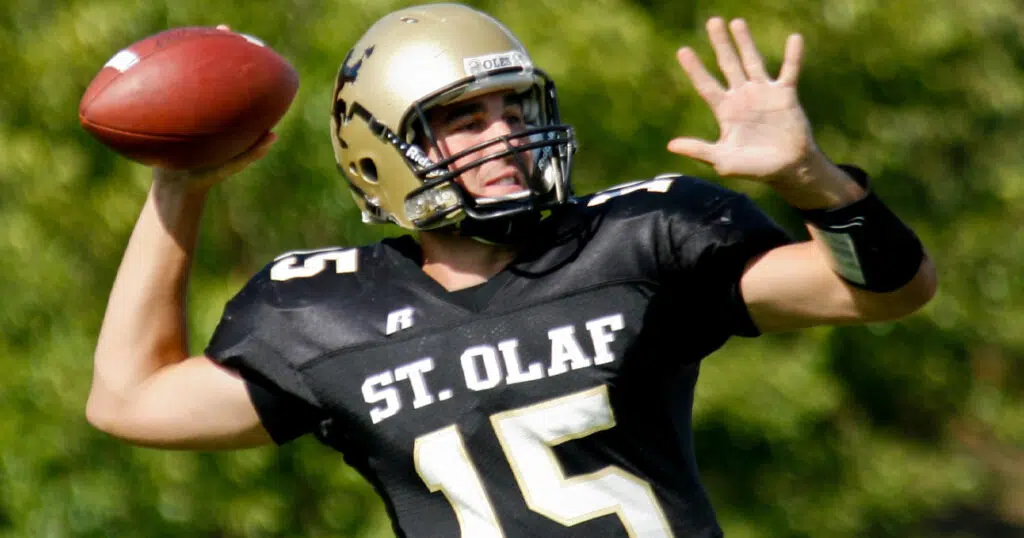
If You’re Having Trouble Throwing A Spiral, Science Offers You An Excuse
The last time James Ramirez, an accountant from Alhambra, California, a suburb 10 minutes northeast of downtown Los Angeles, dropped by a local park to throw a football around with his son, Jon, it degenerated into a frustrating outing.
Even though the environmental conditions seemed perfect — a mild, sunny day with no wind and few other people around to distract the pair — Jon progressively grew frustrated, because no matter how many times he threw the football to his father and tried to improve the ball’s trajectory, the ball always ended up wobbling back and forth. Jon’s friends had convinced him the wobble in his throws proved he wasn’t a good player.
Jon started feeling better, however, when his dad told him that even if someone throws “an absolutely perfect spiral, the ball will still end up wobbling because of the the physical forces that affect the ball as it travels through the air.” James further told his son that “due to its unique shape, like a short, fat cigar, an American football never flies through the air with the drag forces perfectly distributed, so the ball will always end up with a wobble.”
At any point during flight, James said, some part of the ball experiences more forces than another part does and a wobble can start.
Jon ended up thinking his dad was pretty smart. So, James didn’t end up telling his son he had read about a new engineering study that analyzed the whole wobble phenomenon.
Detailed in the June 23 edition of the American Society of Mechanical Engineering’s Open Journal of Engineering, the study in question determined all spiraling pigskins wobble either at a slow or fast frequency, determined by how the ball is thrown, how fast it spins and, to a smaller extent, how the planet’s rotation interacts with it. All those factors also cause passes to stray sideways.
A football’s wobble and way “it doesn’t go straight — those are the two big effects that you see in a pass,” explained mechanical engineer John Dzielski of the Stevens Institute of Technology in Hoboken, N.J.
Dzielski and software engineer Mark Blackburn, also from the Stevens Institute, ran computer simulations of a spiraling football pass, based on physics equations from ballistics studies and data from wind tunnel experiments with footballs.
The researchers discovered a football flying at around 27 meters per second with around 600 rotations each minute would show a visible wobble of one or five times per second. Wobbling happens when a ball’s spinning momentum interacts with a twisting force that manages to push the front of the football’s away from its direction of flight. A faster wobble occurs when extra energy is expended during throws by a thrower’s twisting of the wrist or lateral motion of the arm.
The wobbling generates lift that nudges the ball sideways, potentially changing the landing point by several meters, the engineering team said. Earth’s rotation could as well cause a pass to sway a few centimeters. And the Magnus effect — where a spinning projectile becomes caught by low and high pressure zones of air — can also bend a ball’s trajectory slightly, although, “does not affect footballs in a significant way and can be neglected,” the researchers wrote in the study abstract.
To be clear, Dzielski and Blackburn wrote, a wobble “may occur at either frequency, but if is the higher frequency, it follows that the ball was released with a relatively large rotational angular velocity and was probably not a good pass.”
The two researchers said they are now interested in refining their testing by developing an instrument to gather data from footballs when they are airborne.



